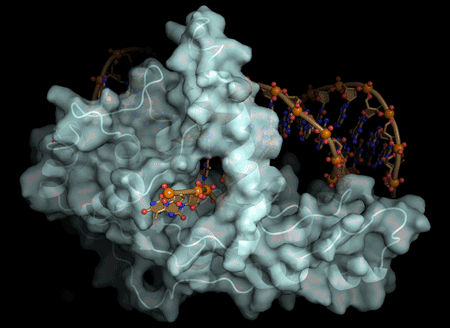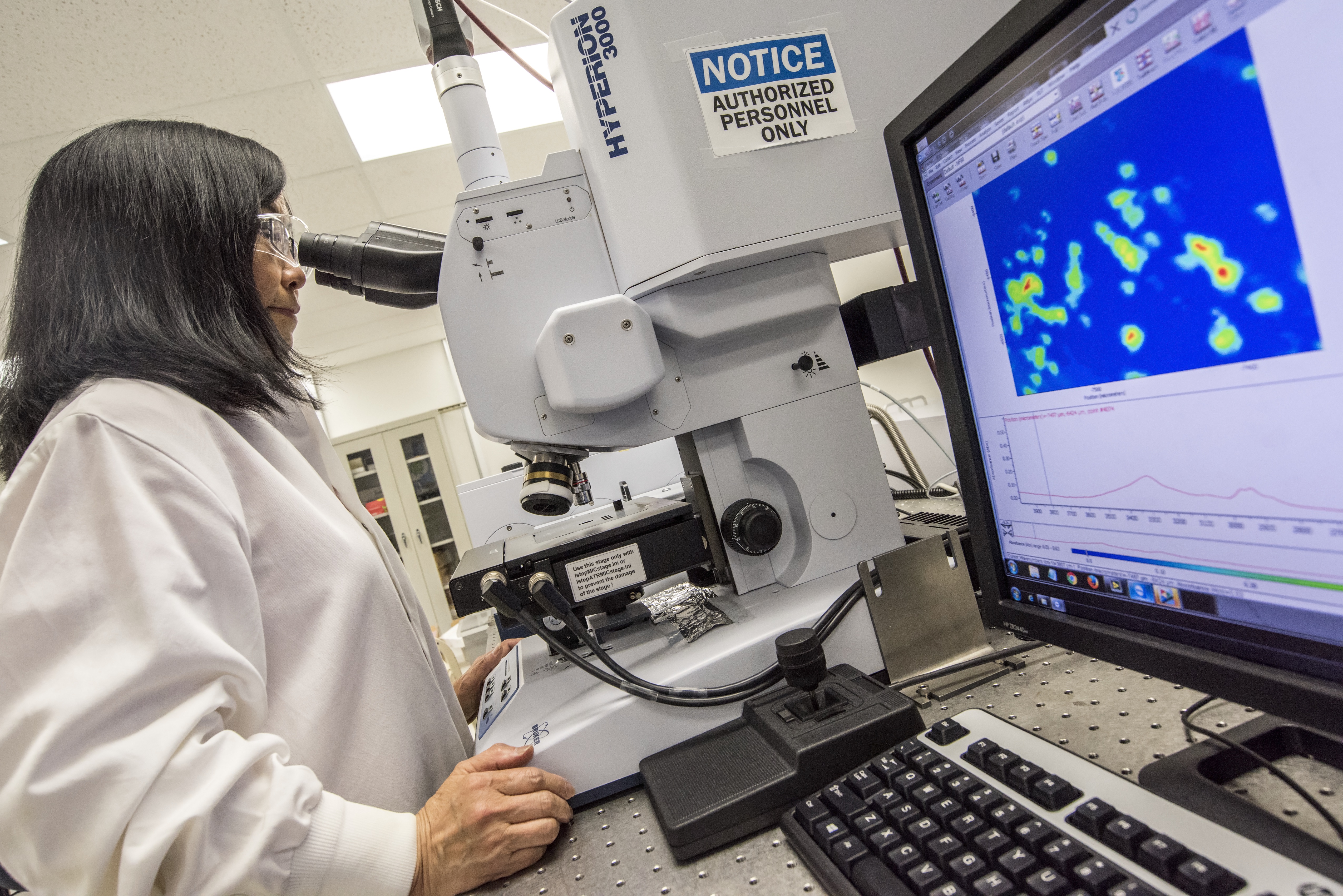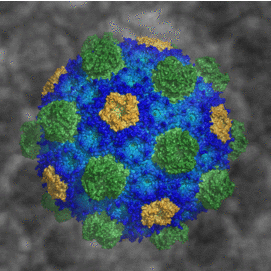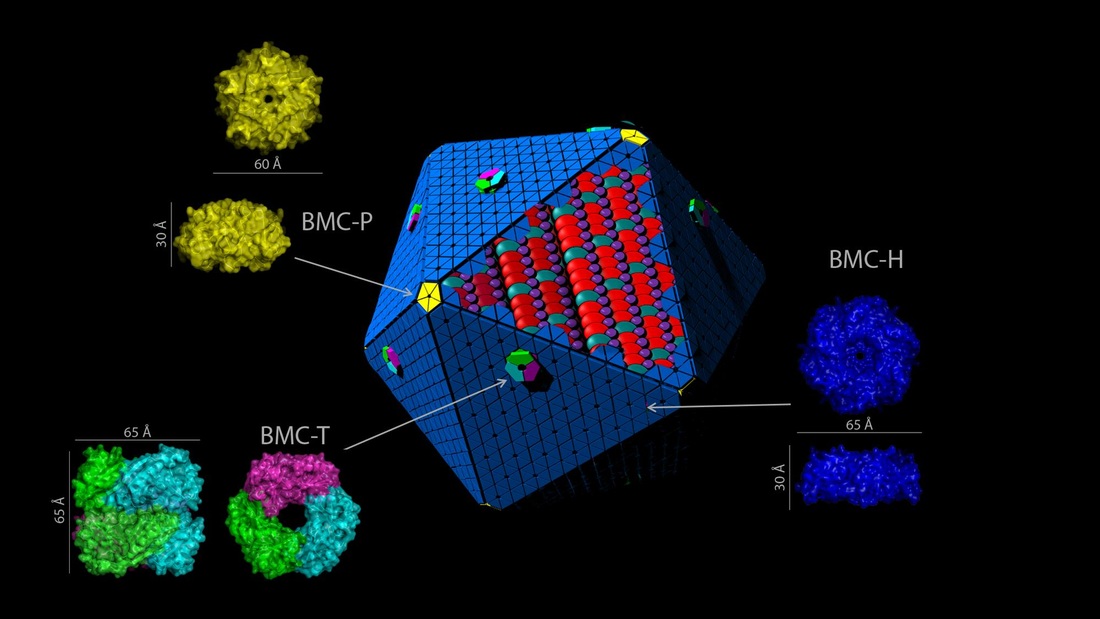Researchers ID New Mechanism for Keeping DNA Protein in Line

Using a combination of crystallographic, biochemical, and genetic analyses, Berkeley Lab researchers have shown that the actions of FEN1, an enzyme involved in DNA replication and repair, are guided by electrostatic forces known as phosphate steering. Susan Tsutakawa and John Tainer in the Biosciences Area’s Molecular Biophysics and Integrated Bioimaging (MBIB) Division were the lead and corresponding authors, respectively, on the report published this week in Nature Communications. The work reveals key details of this previously unknown mechanism controlling the specificity of FEN1 in healthy cells and provides new directions for cancer treatment research. Read more from the Berkeley Lab News Center.







